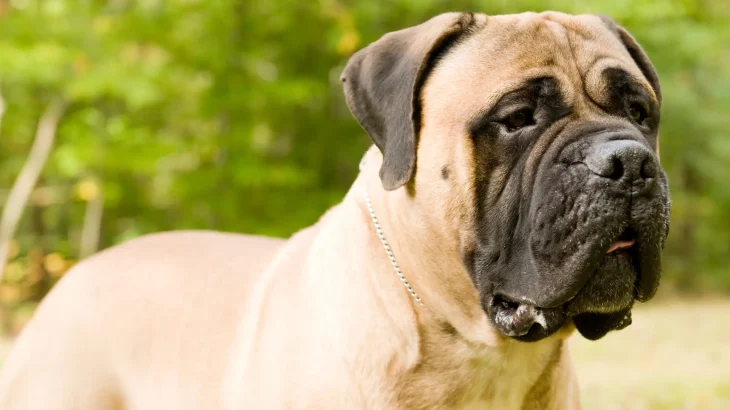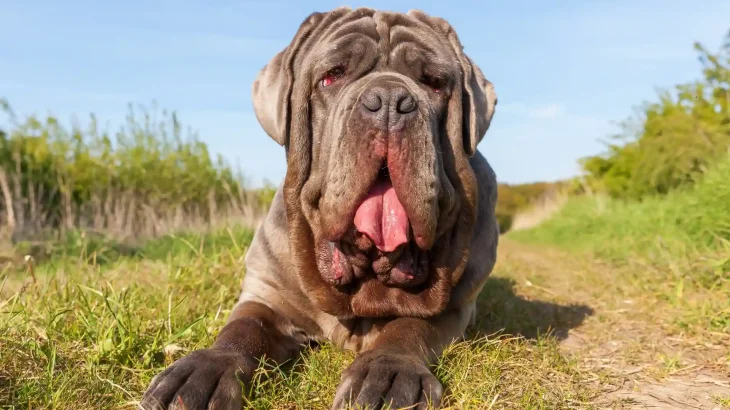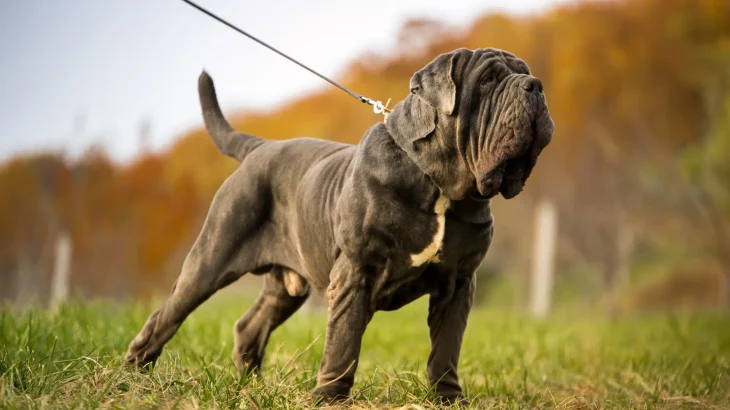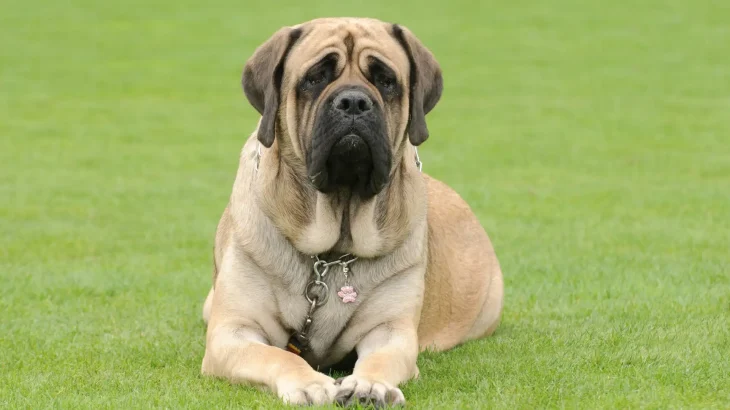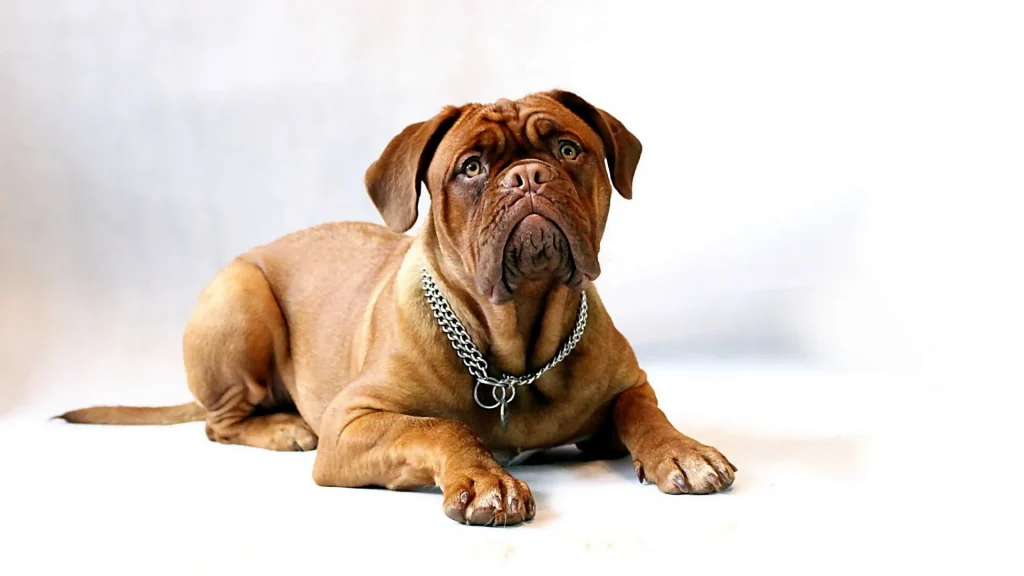Deciding between adopting or purchasing an American Mastiff puppy involves weighing affordability, health assurances, and support. Adopting typically offers a lower cost and a chance to give a home to a dog in need, while buying from a reputable breeder provides detailed health history and pedigree information. Both routes have unique benefits, especially considering the breed's size and care requirements.
| Criteria | Buying from Breeder | Adopting from Shelter/Rescue |
|---|---|---|
| Cost | Higher upfront cost due to breed purity and pedigree; can vary widely. | Lower adoption fees, often includes vaccinations and spay/neuter. |
| Health History | Breeders provide health screenings and medical history. | Health history may be unknown; shelters conduct basic health exams. |
| Age Availability | Usually puppies, good for early training. | Dogs of all ages available, including adults or seniors. |
| Temperament Insight | Breeders share lineage behavior traits and early notes. | Shelters provide behavioral observations but less certainty. |
| Supporting Practices | Supports ethical breeding when choosing reputable breeders. | Supports animal welfare by rescuing dogs in need. |
| Breed Purity & Pedigree | Purebred status with pedigree documentation. | Breed authenticity may be uncertain; less focus on pedigree. |


